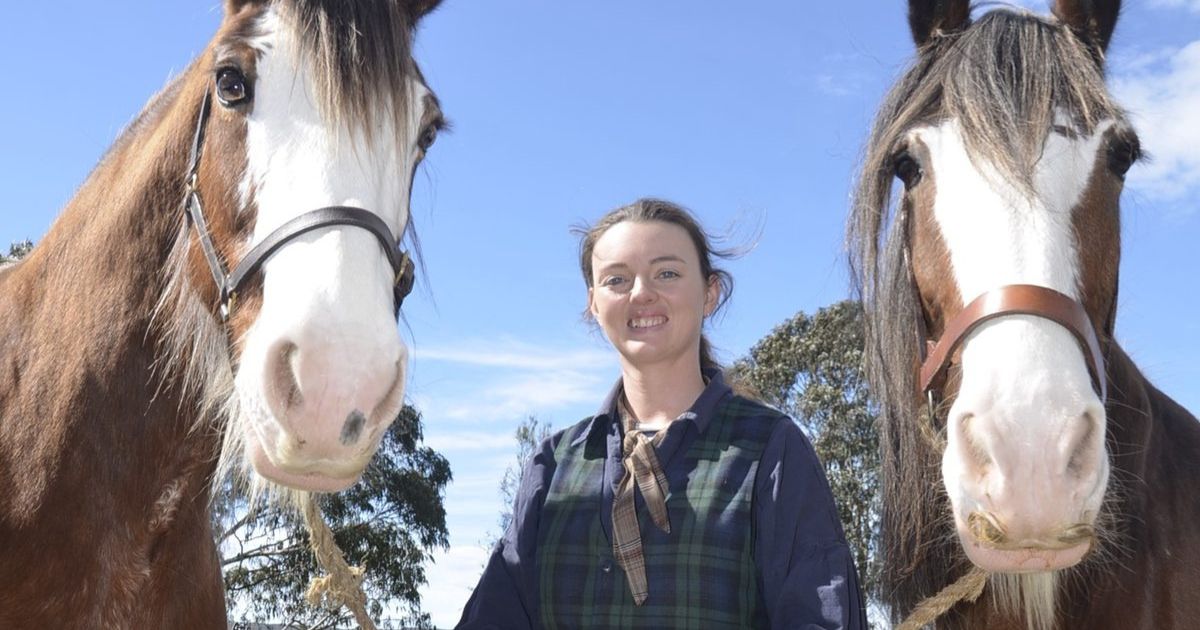How to fill the volunteer gap

Attract and retain: Volunteer manager, and Styled for Success coordinator, Sue Jakob is asking orgs to rethink the way they recruit volunteers. Photo: EDWINA WILLIAMS
THROUGHOUT pandemic lockdowns, many, if not most, volunteer programs in Ballarat were shut down, from hospitals to schools to sports clubs.
“The impact of that was that when it came to get those programs back up and running again, many people had moved on, finding something else, or didn’t want to reengage,” said Sue Jakob, a professional volunteer manager of 20 years.
“Volunteer numbers dropped by half, and they haven’t recovered. It’s been devastating to the ability to deliver volunteer services.
“People are on their own in their homes, even more so, and are so isolated. Volunteers are needed even more. It’s heartbreaking.”
Ms Jakob, also the coordinator of both Ballarat Repair Cafe and BGT’s Styled for Success, said the shortage of formal recorded volunteers is “tragic”, but believes the people power is out there to solve the problem.
“It’s just a matter of tapping into them, getting the right message across, and asking the right questions,” she said.
As part of the solutions, Ms Jakob is encouraging groups who are finding it hard to connect with volunteers to refer to Volunteering Australia’s National Standards for Volunteer Involvement.
This guide aims for best practice volunteer management, with ideas to attract and keep helpers, so groups can be an organisation of choice.
“It’s all about having valuable and genuine volunteer roles, being a welcoming environment, and providing volunteers with the opportunity for feedback and involvement in a program so they feel part of a team,” Ms Jakob said.
“Reward and recognition is really important in a genuine, simple way.
“It’s important that there’s talk about volunteer impact, so the volunteers, the community, and the organisation knows the impact of what their work is.
“For us at Styled for Success, for example, I can tell the volunteers how many clients we assisted last year, how many outfits we’ve given, and what they needed them for.”
When it comes to recruiting in a more targeted way, Ms Jakob said organisations could focus on groups of people, or demographics, which their program would appeal to.
“How to get volunteers is one thing, but you’ve got to be able to retain them,” she said.
Cardigan-Windermere Landcare Group chair Sandra Dillon said her organisation is seeking more volunteers, to continue their work supporting the biodiversity of Mullawallah Wetlands.
“There is a growing urban area around the wildlife and nature reserve which has 135 different birds, and to protect the wetlands, and use that space for people to come and enjoy, relax, and learn, we need more help,” she said.
“We’ve got about a dozen core volunteers who have been part of the group for quite a long time, but we’re wanting to increase our volunteer base.
“I think it’s important to ensure the volunteers find it a worthwhile experience, an enjoyable experience, and know what they’re doing is good for the community into the future.
“We’re looking at networking with schools, kindergartens, and other community organisations. If we can link in these groups, when we need people, we will have a wider base to call upon.
“We’re also looking at creating a Friends of Mullawallah Wetlands group this year. Any volunteering ideas and PR support I can get is helpful for me as an older person who is not up with social media.”
Ms Jakob said beyond playing a role in nurturing the community, being a volunteer has personal benefits.
“It provides social connections for people, and inclusion, you meet new people, you are going to learn new skills, develop new networks, and build confidence,” she said.
“It’s a great way to make a difference which makes you feel good. It helps your mental health, and it’s an excellent pathway to employment, which I cannot say more strongly.
“It looks fantastic on a resume; not only that you’ve learnt new skills, but that you’re prepared to do something for nothing.”


















